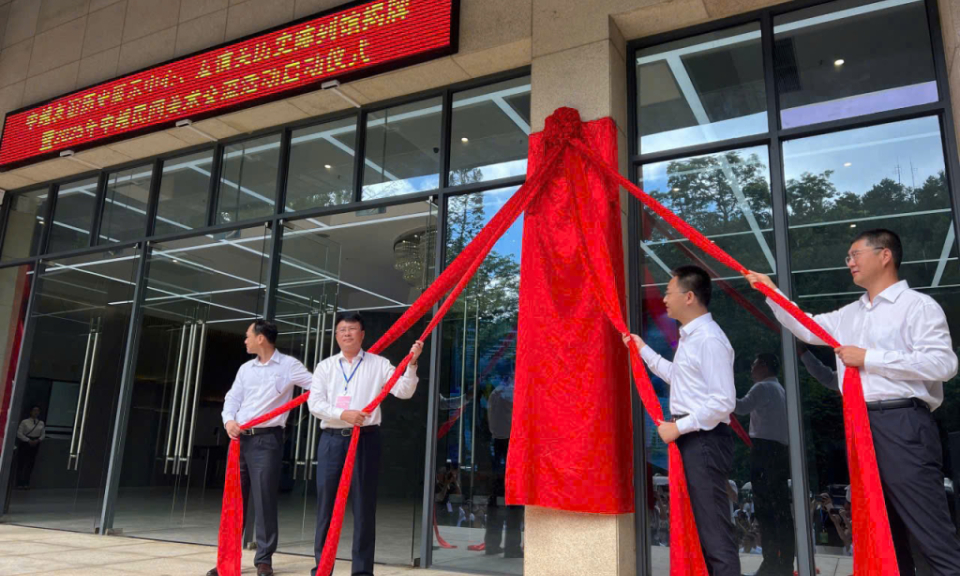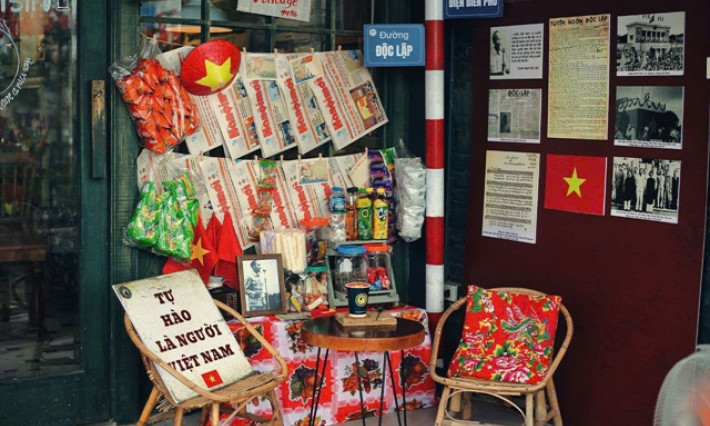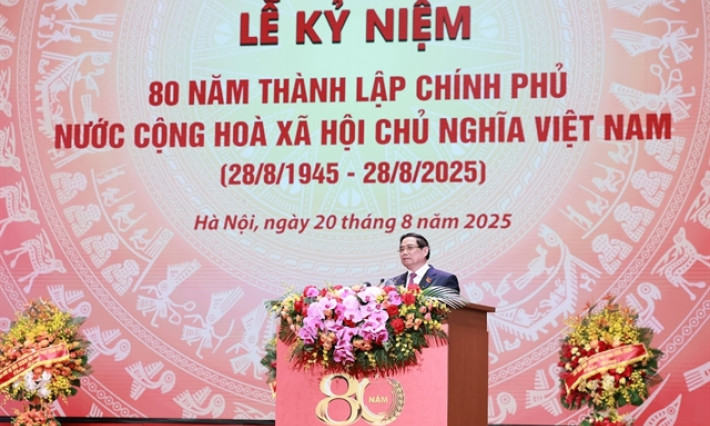Vĩnh Nghiêm Pagoda: a timeless sanctuary of Trúc Lâm Buddhism
Vĩnh Nghiêm Pagoda, known for its breathtaking architecture and rich history, draws visitors who seek both exploration and worship.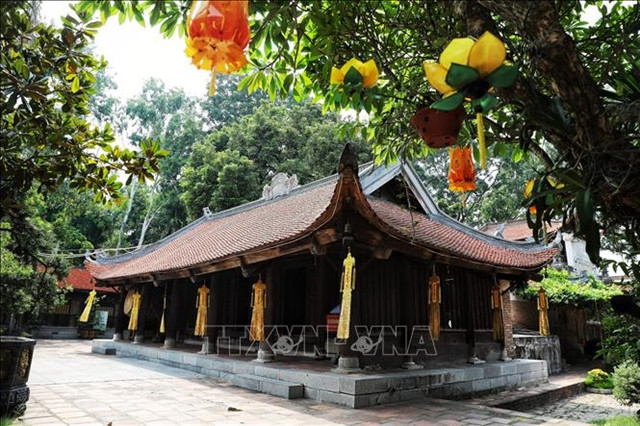
Nestled in the serene landscape of Bắc Ninh Province, Vĩnh Nghiêm Pagoda has withstood the test of time for over 700 years, preserving its status as a revered cultural and spiritual sanctuary.
The pagoda, also known for its breathtaking architecture and rich history, draws visitors who seek both exploration and worship. Vĩnh Nghiêm Pagoda is part of the massive Yên Tử-Vĩnh Nghiêm-Côn Sơn-Kiếp Bạc complex that has recently been recognised by UNESCO as a World Cultural Heritage site.
Located in the province's Tân An Ward, it is considered the ancestral home of the Trúc Lâm Zen sect and holds a special place in the history of Buddhism during the Trần Dynasty. Originally built during the Lý Dynasty and named Chúc Thánh Pagoda, it was expanded and renamed Vĩnh Nghiêm, meaning 'eternally solemn', during the rule of the Trần Dynasty (from 1225 to 1400).
According to Venerable Thích Thanh Vịnh, Deputy Abbot of Vĩnh Nghiêm Pagoda, it once served as the residence and preaching site for the three founding masters of the Trúc Lâm sect: Trần Nhân Tông, Pháp Loa and Huyền Quang.
The holy site was also a training ground for monks during the Trần period. Notably, in 1313, Pháp Loa established regulations for the ranks of monks, marking a milestone in the birth of the first organisational system of the Trúc Lâm Đại Việt Buddhist Church — a significant advancement in the management and development of religion in the nation’s history.
For over seven centuries, this pagoda has not only been the largest training centre for Trúc Lâm Zen monks, but has also preserved the spirit of independence and self-reliance, closely intertwined with national culture. Despite numerous renovations and restorations, the pagoda retains its solemn and ancient appearance, serving as a vibrant symbol of Vietnamese Buddhism.
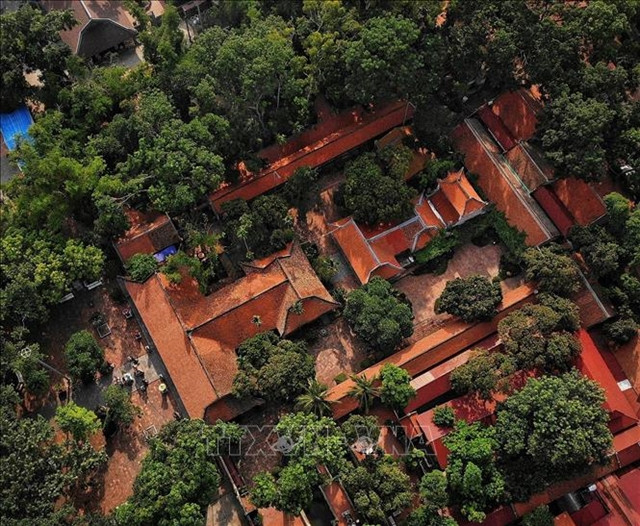
Covering an area of about two hectares, the pagoda features symmetrical and harmonious architecture, comprising five main complexes: the Tam Quan gate, the Tam Bảo hall, the First Patriarch's House, the Bell Tower and the Second Patriarch's House.
From the Tam Quan gate, visitors enter a serene Zen space. The gate has three sections and two levels, with a traditional curved roof covered in tiles, symbolising the transformation from the mundane to the Zen realm.
The Tam Bảo hall is constructed from precious wood, featuring overlapping roofs and eaves that curve like lotus petals. Its interior is intricately carved with dragons, clouds and Buddhist motifs. The Bell Tower, located at the centre of the pagoda's courtyard, has a two-storey structure with eight roofs. The ancient bell hangs high, and when it tolls, it resonates with a solemn and sacred tone.
The Patriarch's House, where the three founders of the Trúc Lâm sect are worshipped, is arranged with dignity, reflecting deep respect for the pioneers who established Vietnamese Zen Buddhism.
Vĩnh Nghiêm Pagoda is regarded as a great ancient pagoda, a rare site in the region that is hard to match.
Visitor Nguyễn Như Ngọc Anh from Hà Nội said: “Upon entering the pagoda, I feel as if I've let go of all the burdens from outside. The serene and harmonious scenery, the unique architecture and the deep marks of ancient Buddhism lighten my soul. This is a destination for healing.”
Not only does Vĩnh Nghiêm Pagoda attract Buddhists, but it is also an ideal destination for international visitors looking to learn about Buddhism and traditional Vietnamese architecture. The combination of a sacred religious space with rich cultural and historical depth makes this place increasingly appealing beyond borders.
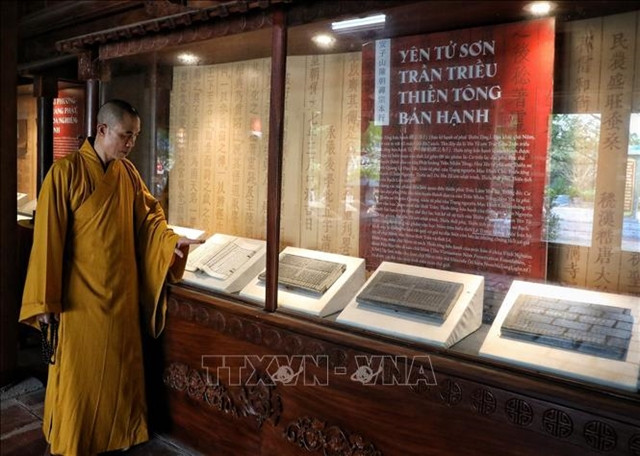
Woodblock printing collection
One of the special features that contributes to the fame and status of Vĩnh Nghiêm Pagoda is its collection of Buddhist woodblocks used for printing, regarded as an invaluable spiritual treasure of Trúc Lâm Buddhism and Vietnamese culture.
The collection of woodblocks carved with text was recognised by UNESCO as a documentary heritage under the Memory of the World programme for the Asia-Pacific region in 2012. This is the only original woodblock collection of the Trúc Lâm sect preserved at Vĩnh Nghiêm Pagoda, and was used to disseminate the core teachings of Buddhism to hundreds of pagodas throughout history.
Venerable Thích Thanh Vịnh said that with 3,050 intact woodblocks to this day, this is the only original documentation of the Trúc Lâm Zen sect still preserved in Việt Nam. These woodblocks are intricately carved in Hán-Nôm script on durable wood, showcasing the high craftsmanship of ancient artisans.
Not only do the woodblocks hold artistic value in sculpture and calligraphy, but each block is also an academic work that records Buddhist scriptures, precepts, rituals and biographies, fully reflecting the thoughts and teachings of Trúc Lâm Yên Tử Buddhism founded by King Trần Nhân Tông.
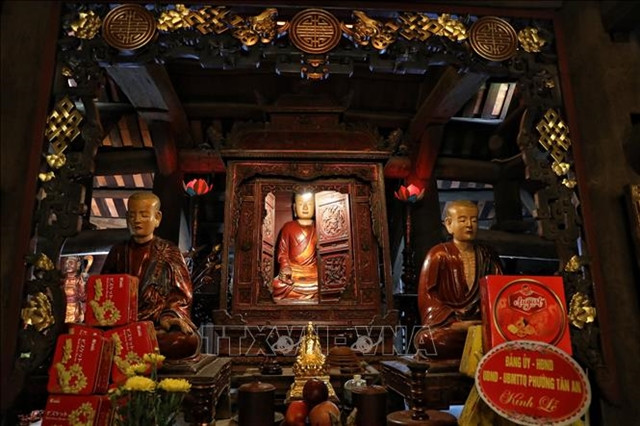
Additionally, the pagoda houses a collection of statues of the Three Founders of Trúc Lâm carved from mít (jackfruit tree) wood in the 19th century, which has been recognised as National Heritage. There are also more than 100 ancient statues and eight stone stelae that document the formation and development of the Vĩnh Nghiêm Buddhist Centre, creating a sacred space rich in historical depth.
Every year, the Vĩnh Nghiêm Pagoda festival is held on the 14th day of the second lunar month, coinciding with the anniversary of the founding masters. This event attracts thousands of monks, followers and visitors to pay their respects, offer incense in memory of the three founders and participate in traditional Buddhist rituals.
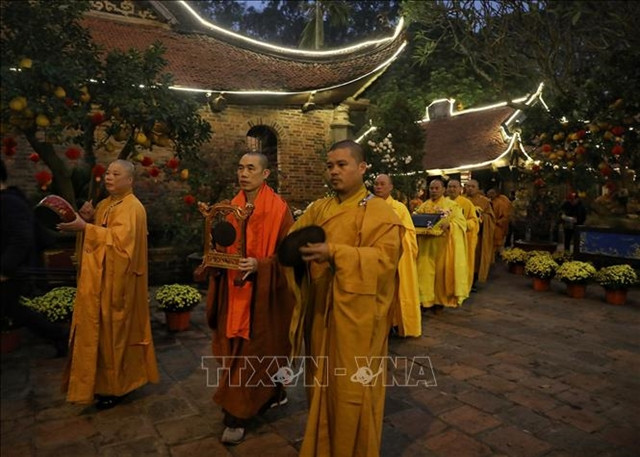
The Vĩnh Nghiêm Pagoda festival was recognised as National Intangible Cultural Heritage in 2013, becoming an important cultural and spiritual space in the region and contributing to the preservation and dissemination of the distinctive values of Trúc Lâm Buddhism in contemporary life.
Each year, the pagoda attracts countless visitors, offering a serene space for reflection and worship. As it continues to thrive, Vĩnh Nghiêm Pagoda remains a cherished sanctuary, fostering a deeper understanding of Buddhism and Vietnamese culture.

